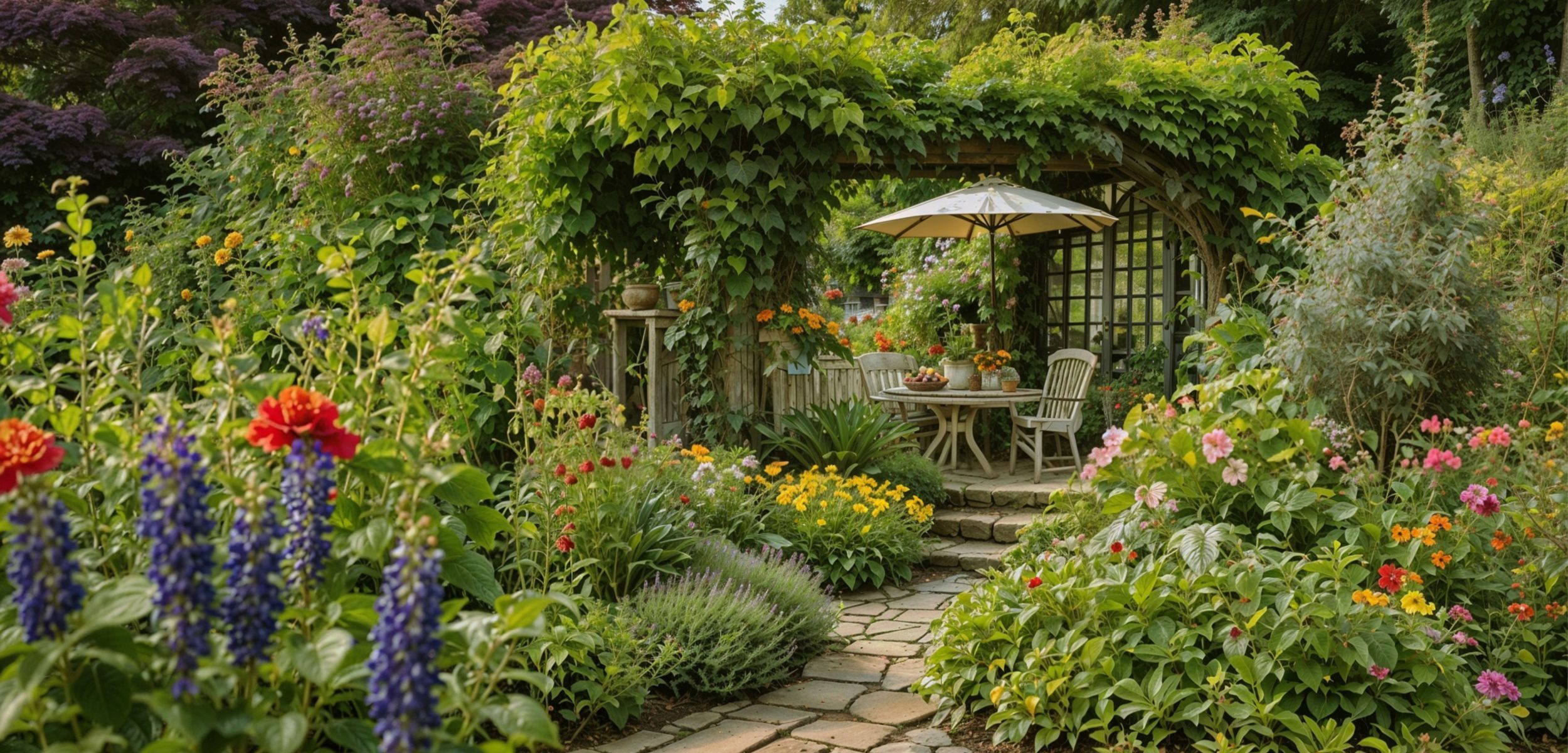Have you ever looked at your garden and wondered how to give it a fresh, unique look without completely overhauling the entire space? Garden sleepers might be just the solution you need. These versatile pieces of timber can transform your garden into a stunning and functional outdoor area. But what exactly are sleepers, and how can they be used to create innovative garden designs?
Let’s explore some creative ideas and practical tips for incorporating garden sleepers into your outdoor space.

What Are Garden Sleepers?
Garden sleepers are large, rectangular pieces of timber traditionally used in railroad tracks. However, they have found a new purpose in garden design due to their durability and rustic charm. Typically made from hardwood or softwood, sleepers are available in various sizes and finishes, making them a versatile choice for any garden project.
Why Use Sleepers in Garden Design?
Garden sleepers offer several advantages that make them an excellent choice for garden design:
- Durability: Sleepers are robust and can withstand harsh weather conditions, making them ideal for outdoor use.
- Versatility: They can be used in various ways, from creating raised beds to building garden furniture.
- Aesthetic Appeal: The natural wood finish adds a rustic charm to any garden, blending well with plants and other natural elements.
Innovative Ideas for Garden Designs Using Sleepers
Now that we understand what sleepers are and why they’re beneficial, let’s delve into some innovative ideas for using them in your garden design.
Raised Garden Beds
One of the most popular uses for garden sleepers is creating raised beds. Raised beds are perfect for growing vegetables, herbs, or flowers, providing better drainage and easier access for planting and maintenance. To create a raised bed using sleepers:
- Choose the Location: Select a sunny spot in your garden for the best growing conditions.
- Plan the Size: Decide on the dimensions of your raised bed. Sleepers are typically 2.4 meters long, so plan accordingly.
- Construct the Bed: Lay the sleepers on the ground to form a rectangle, securing them with metal brackets or screws at the corners.
- Fill with Soil: Once the frame is in place, fill it with a mix of topsoil and compost, and you’re ready to plant.
Garden Pathways
Sleepers can also be used to create beautiful and functional garden pathways. A sleeper pathway can guide visitors through your garden while adding a rustic touch. Here’s how to create a pathway using sleepers:
- Design the Path: Plan the route of your pathway, considering the natural flow of your garden.
- Prepare the Ground: Remove any grass or weeds and level the ground where the sleepers will be laid.
- Lay the Sleepers: Position the sleepers end-to-end along the path, ensuring they are level and secure.
- Fill the Gaps: Fill the gaps between the sleepers with gravel or pebbles for a neat finish.
Retaining Walls
If your garden is on a slope, sleepers can be used to build retaining walls, create terraces, and prevent soil erosion. Retaining walls can also add depth and interest to your garden design. To build a retaining wall with sleepers:
- Assess the Slope: Determine how high your retaining wall needs to be and how many sleepers you will require.
- Prepare the Site: Dig a trench at the base of the slope to secure the first row of sleepers.
- Stack the Sleepers: Lay the sleepers horizontally, stacking them to the desired height and securing them with metal rods or brackets.
- Backfill with Soil: Once the wall is complete, backfill with soil and plant with suitable vegetation to stabilise the slope.
Garden Furniture
Consider using sleepers to create garden furniture for a unique and personalised touch. From benches to tables, sleepers can be crafted into sturdy and stylish outdoor furniture. To make a simple garden bench:
- Cut the Sleepers: Cut the sleepers to the desired length for the bench seat and legs.
- Assemble the Bench: Attach the legs to the seat using metal brackets or screws, ensuring the bench is stable and secure.
- Finish the Wood: Sand the surfaces and apply a wood preservative to protect against the elements.

Tips for Working with Garden Sleepers
Using sleepers in your garden design can be a rewarding project, but there are a few things to keep in mind:
- Safety First: Wear gloves and protective eyewear when handling sleepers, as they can be heavy and splinter.
- Preservation: Treat the sleepers with a wood preservative to extend their lifespan and maintain their appearance.
- Sustainability: Consider using reclaimed sleepers for an eco-friendly option that adds character to your garden.
Conclusion
Incorporating innovative ideas for garden designs using sleepers can transform your outdoor space into a functional and beautiful area. Whether you’re building raised beds, pathways, retaining walls, or furniture, sleepers offer a versatile and durable solution. Moreover, their natural aesthetic complements any garden style, making them a popular choice among gardeners.
Therefore, if you’re looking to refresh your garden design, consider the creative possibilities that sleepers can provide. With a bit of planning and creativity, you can create a garden that is not only visually appealing but also practical and sustainable.





